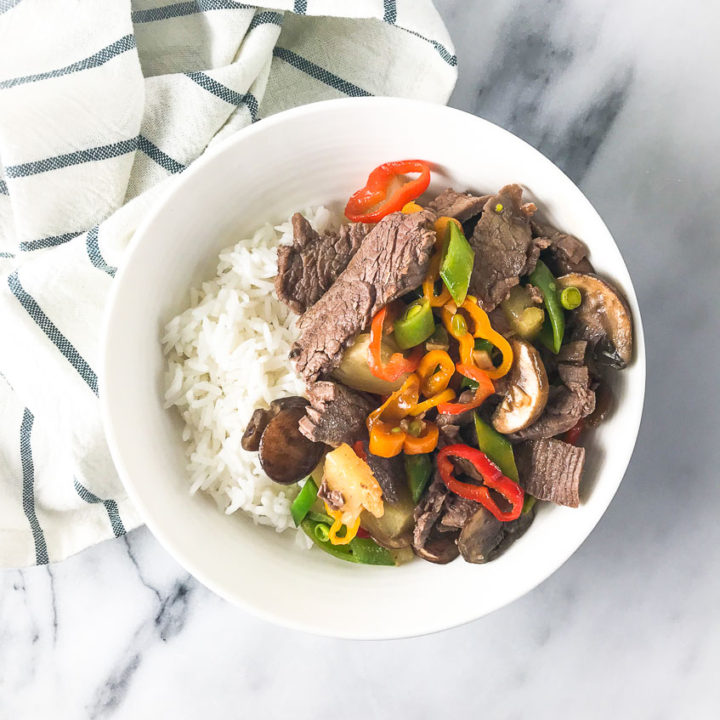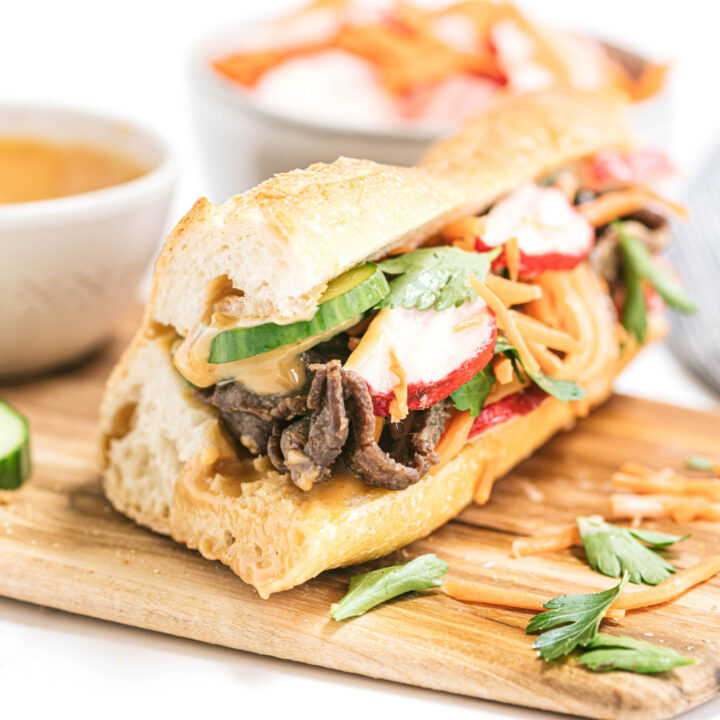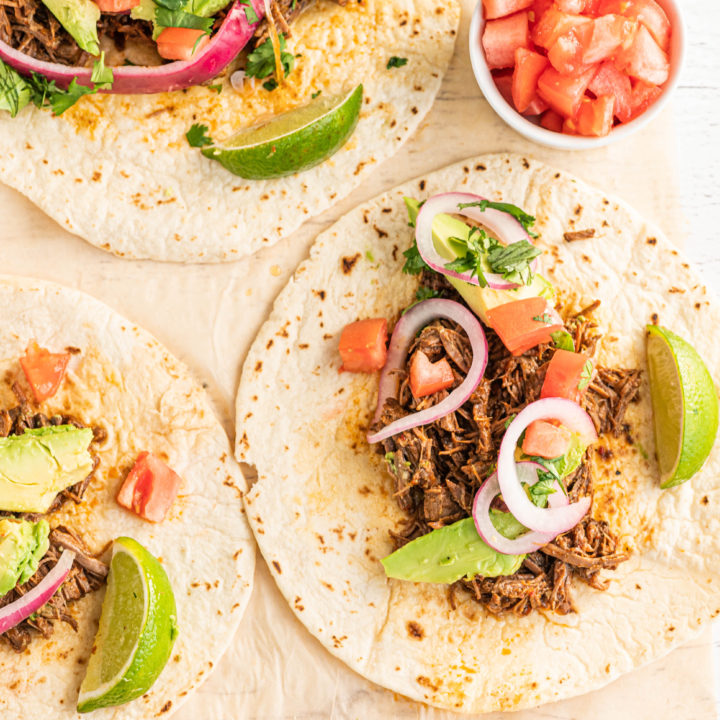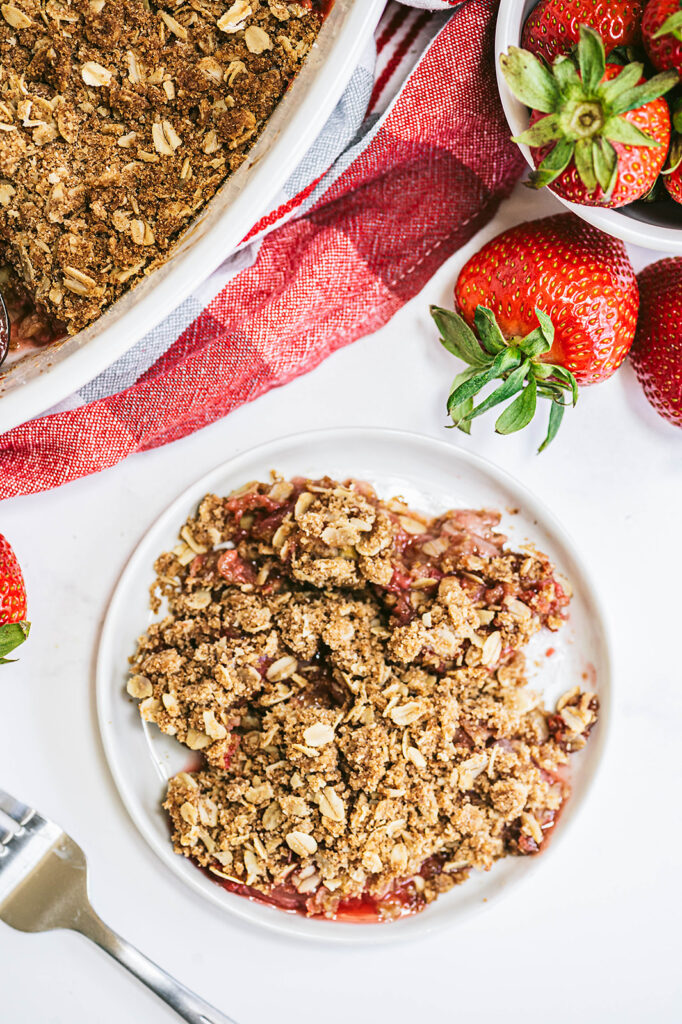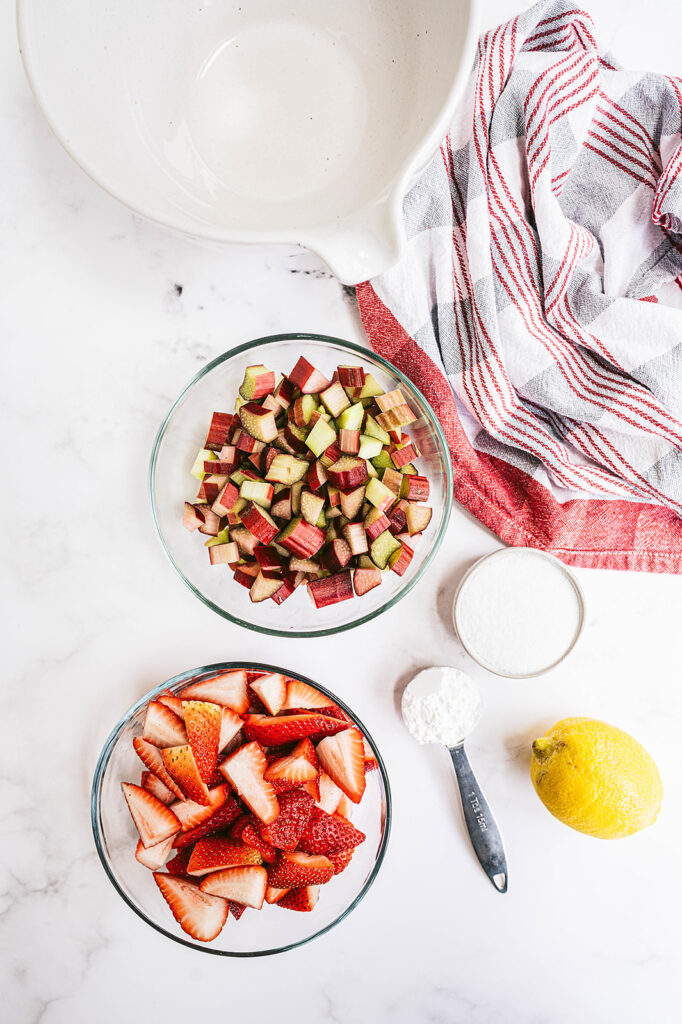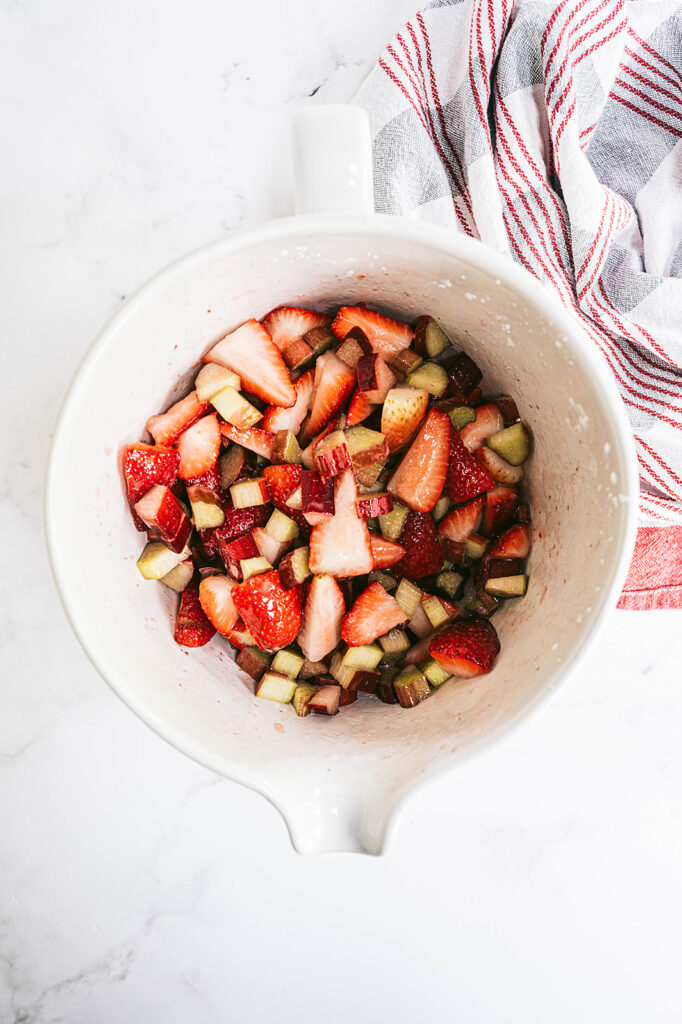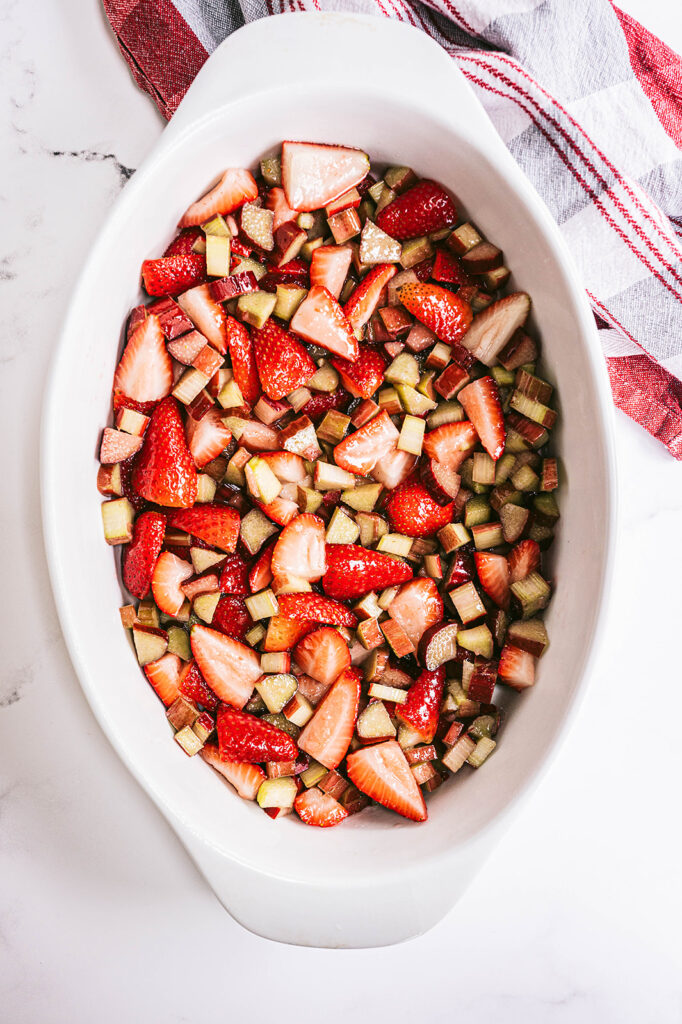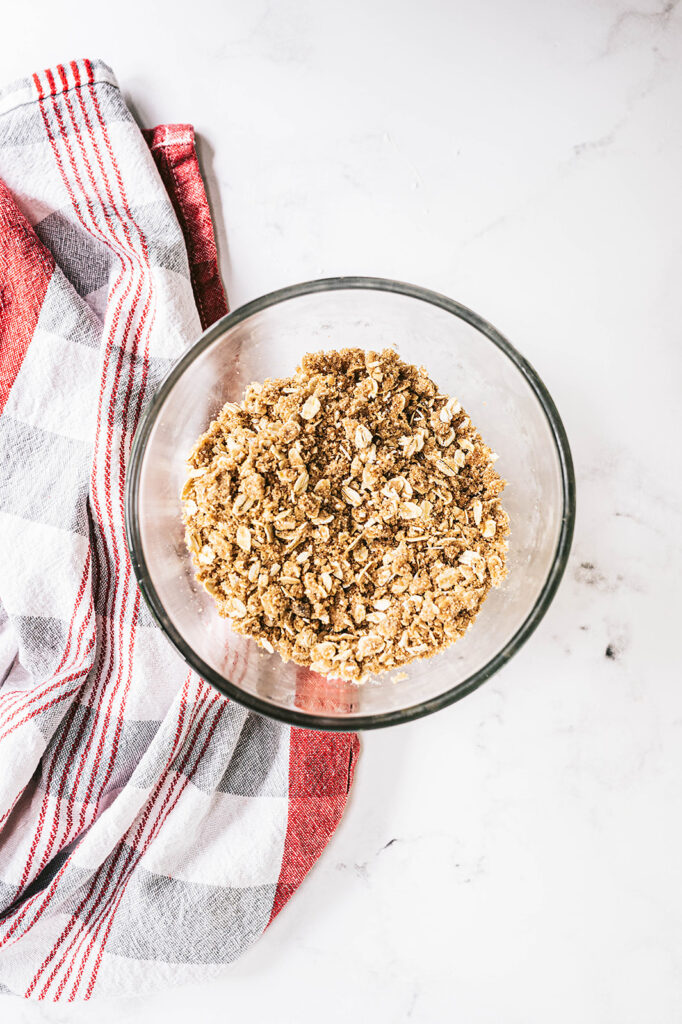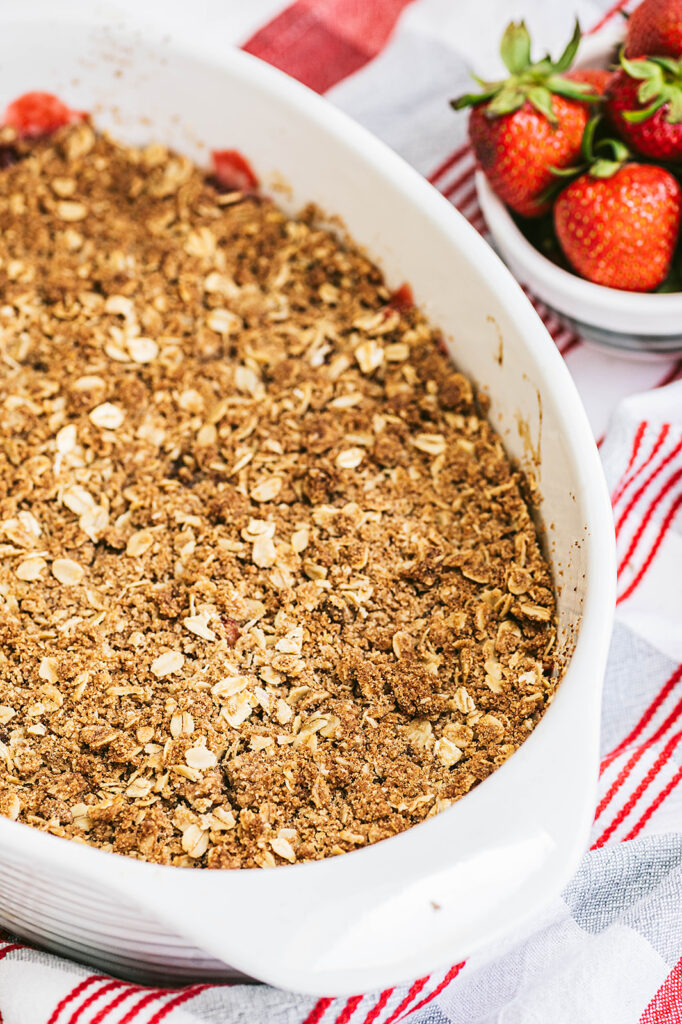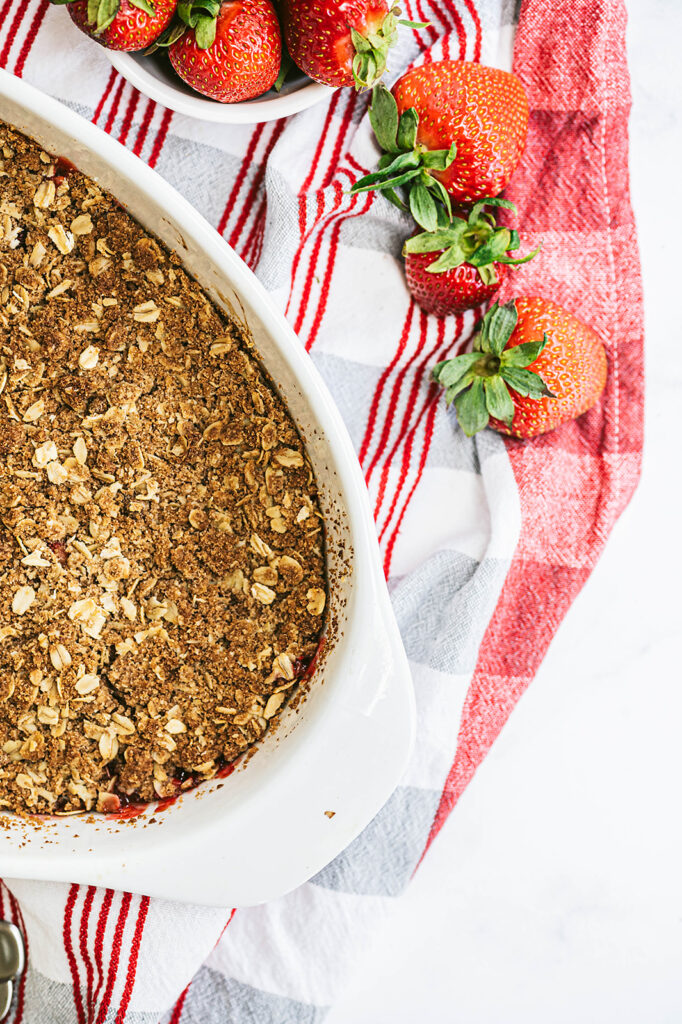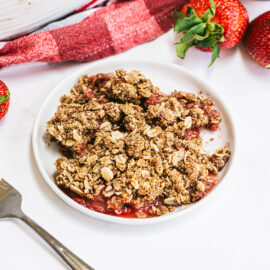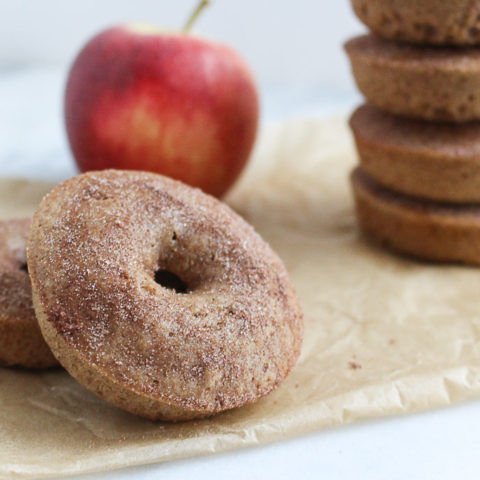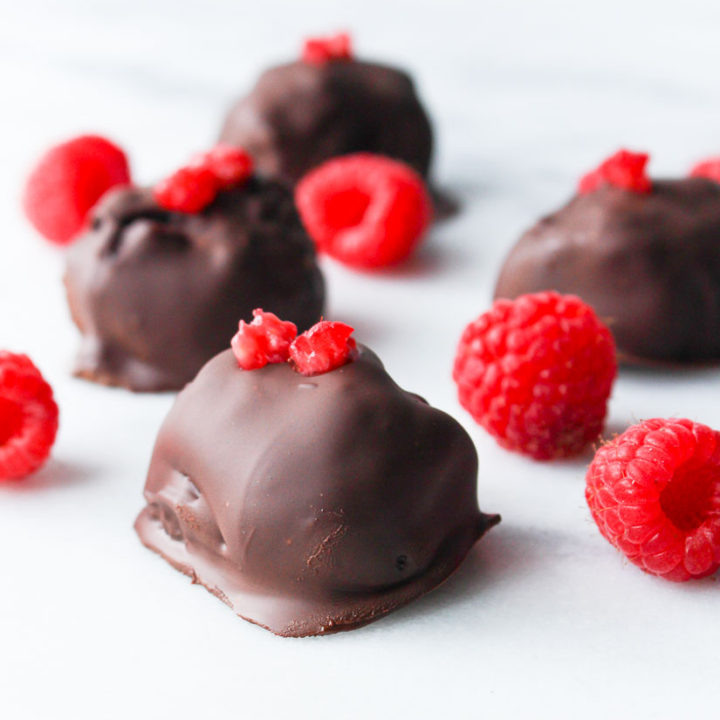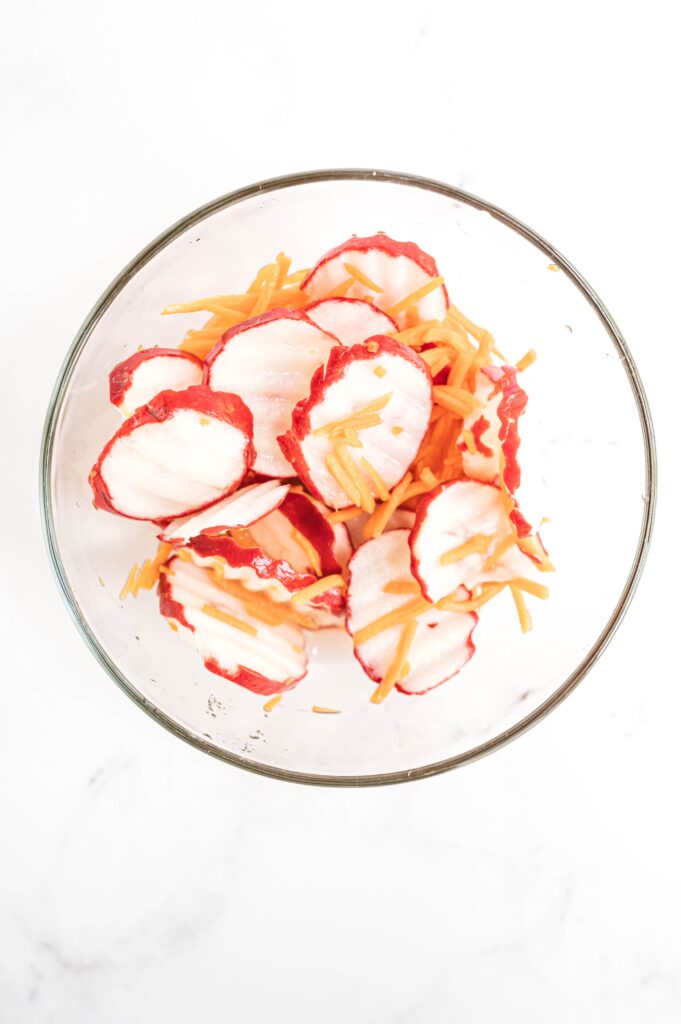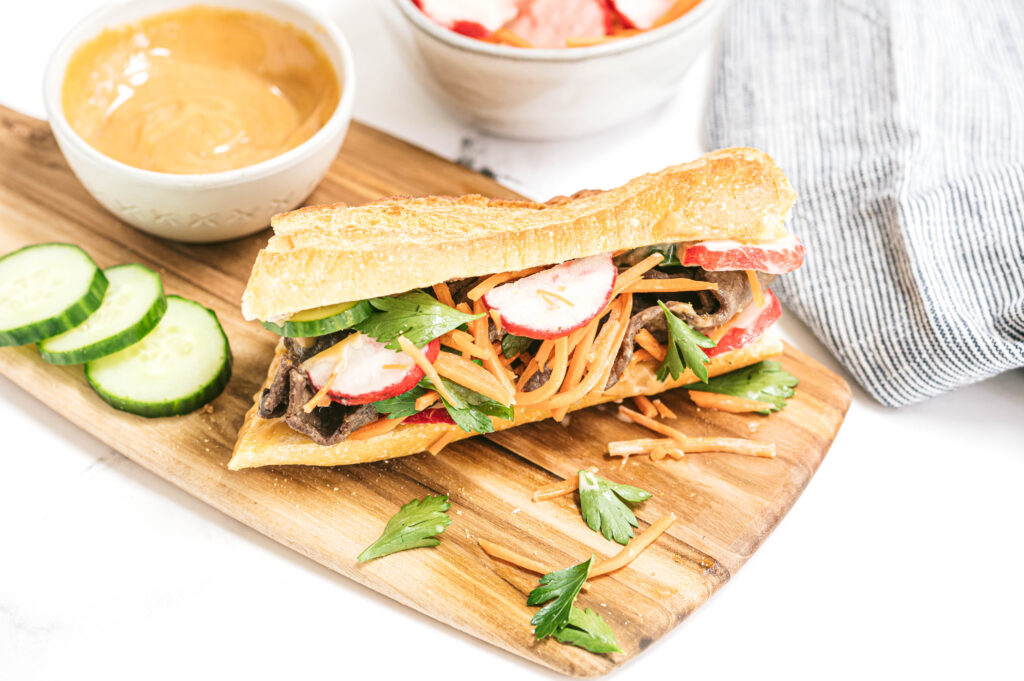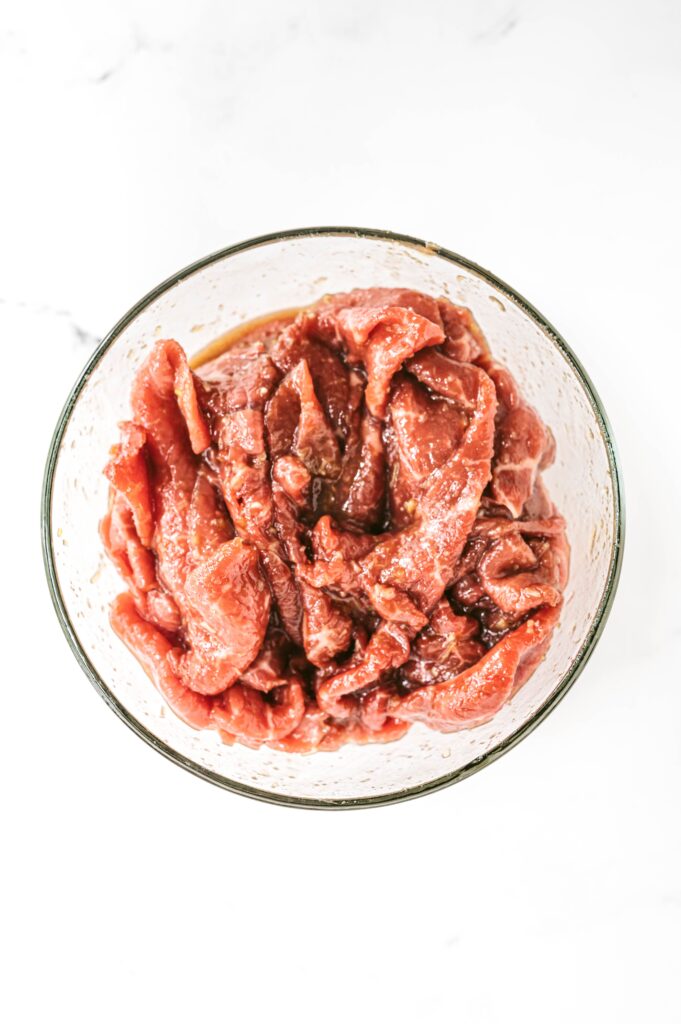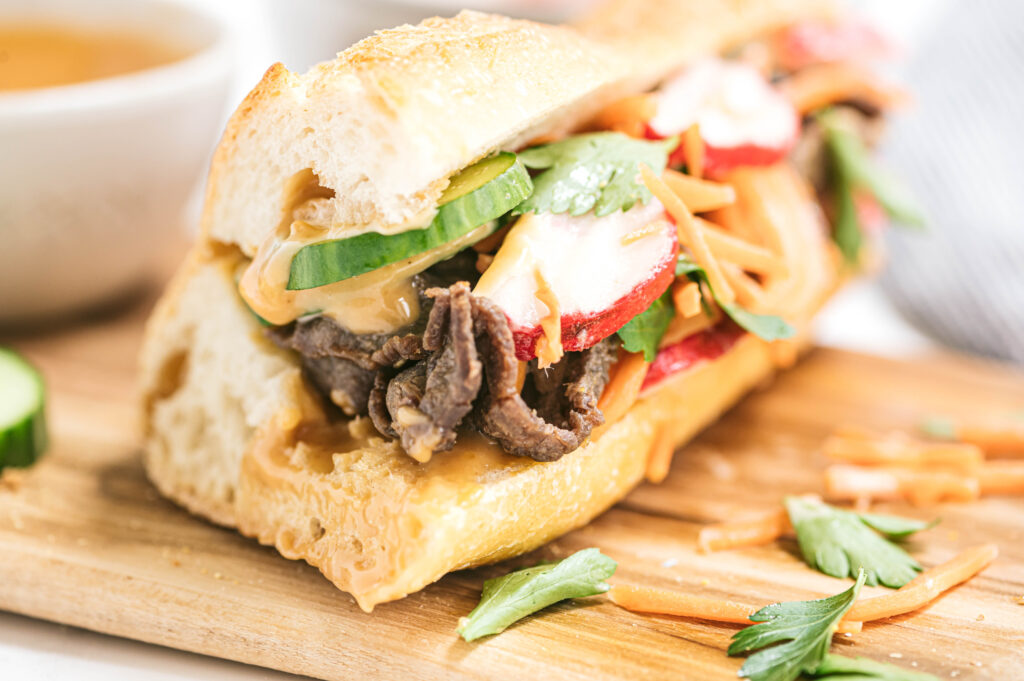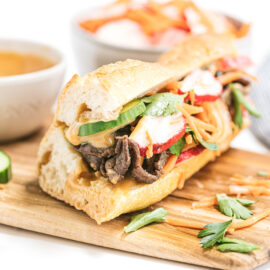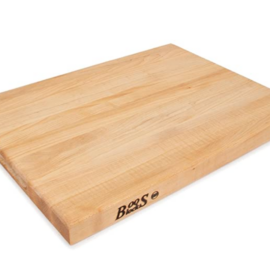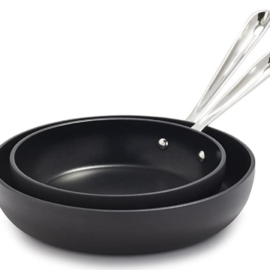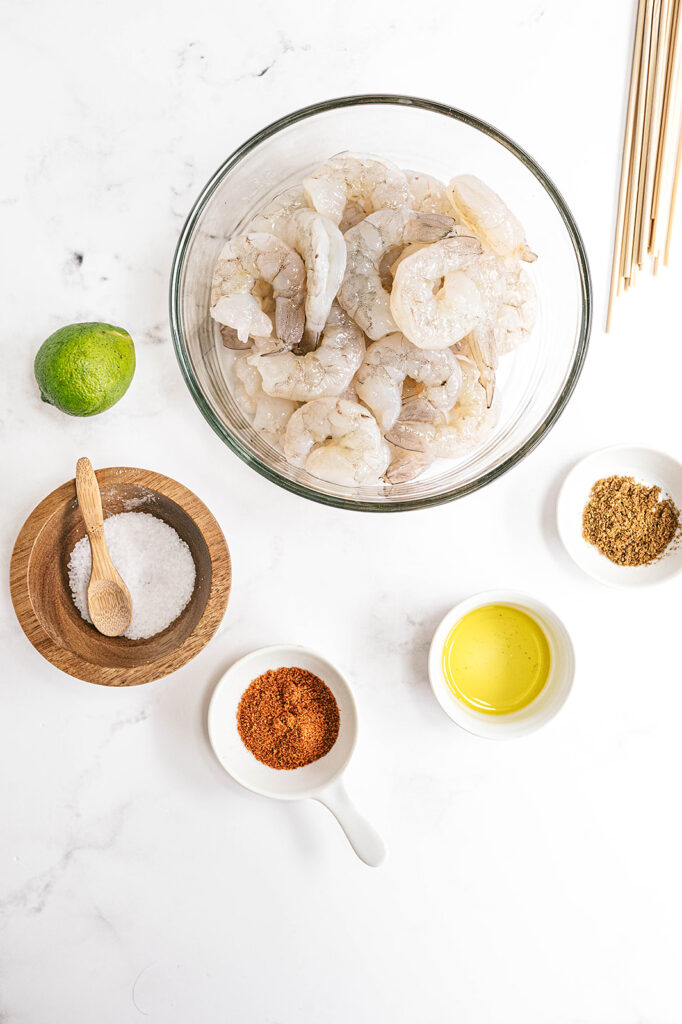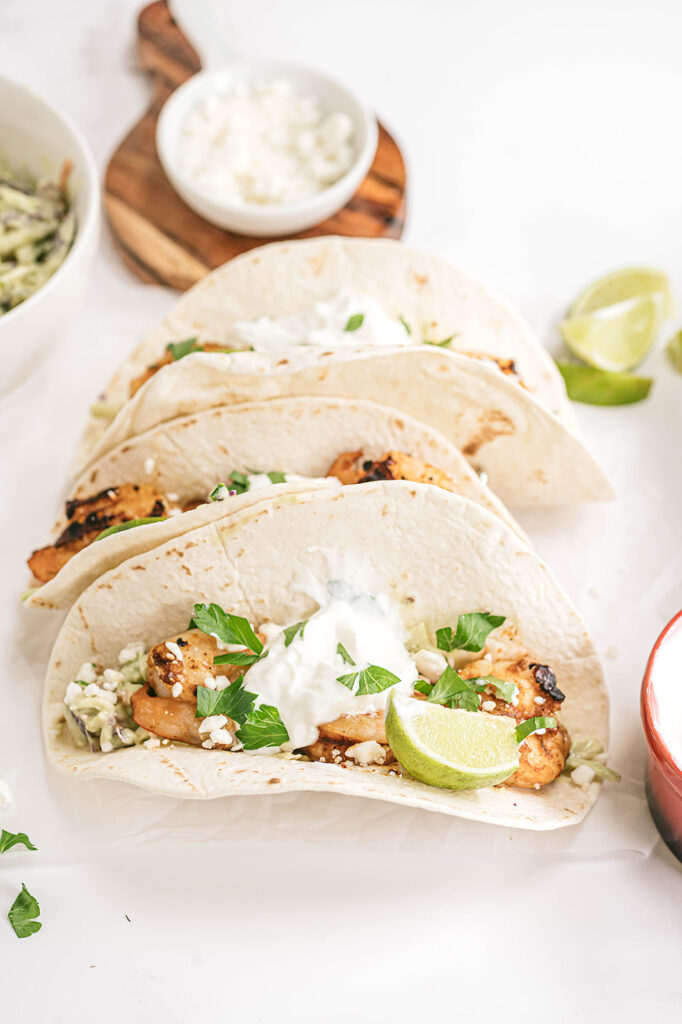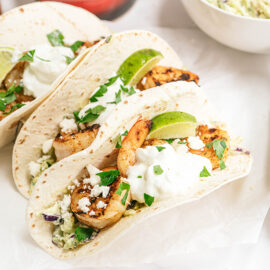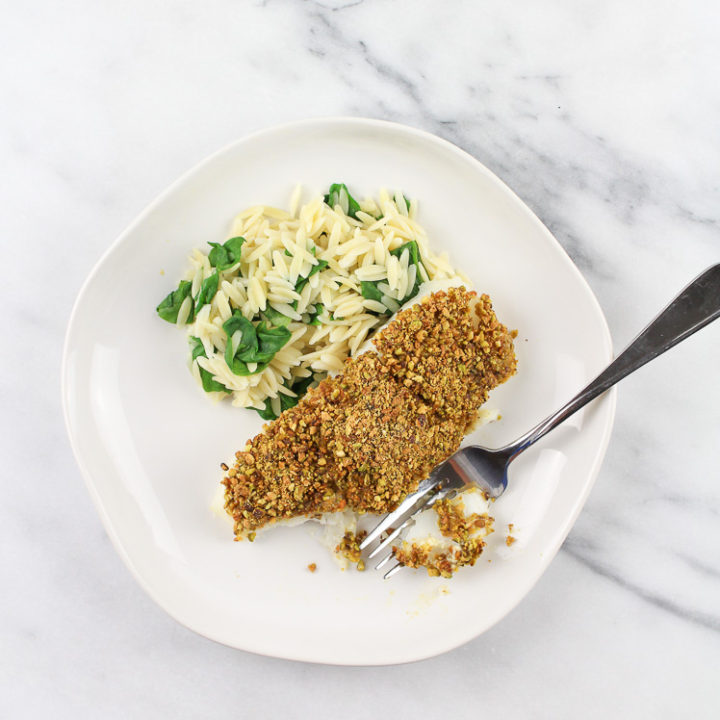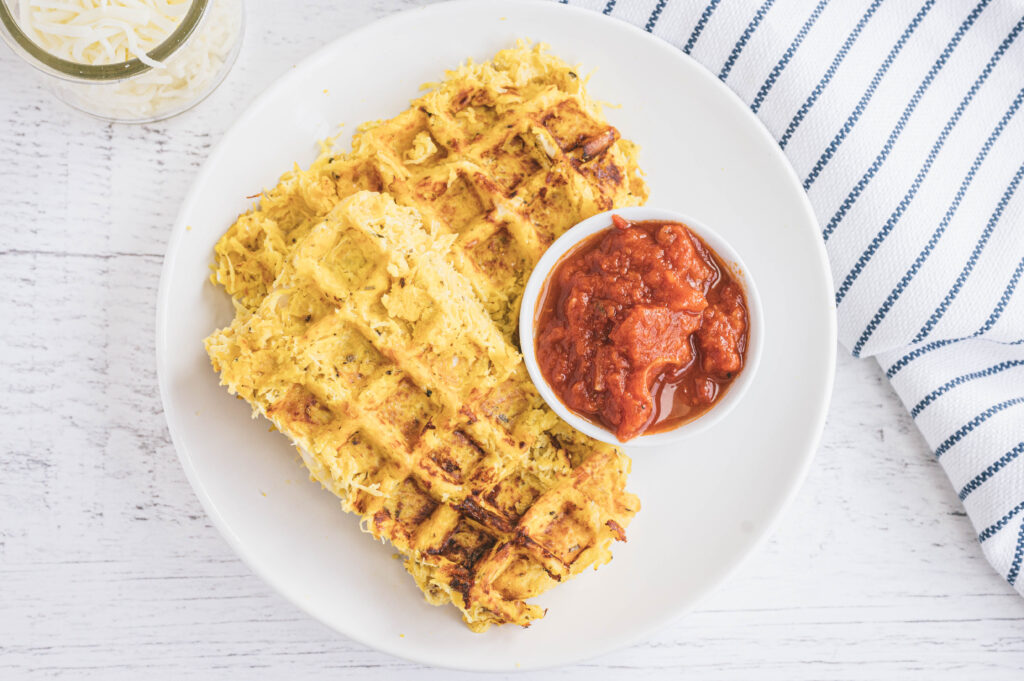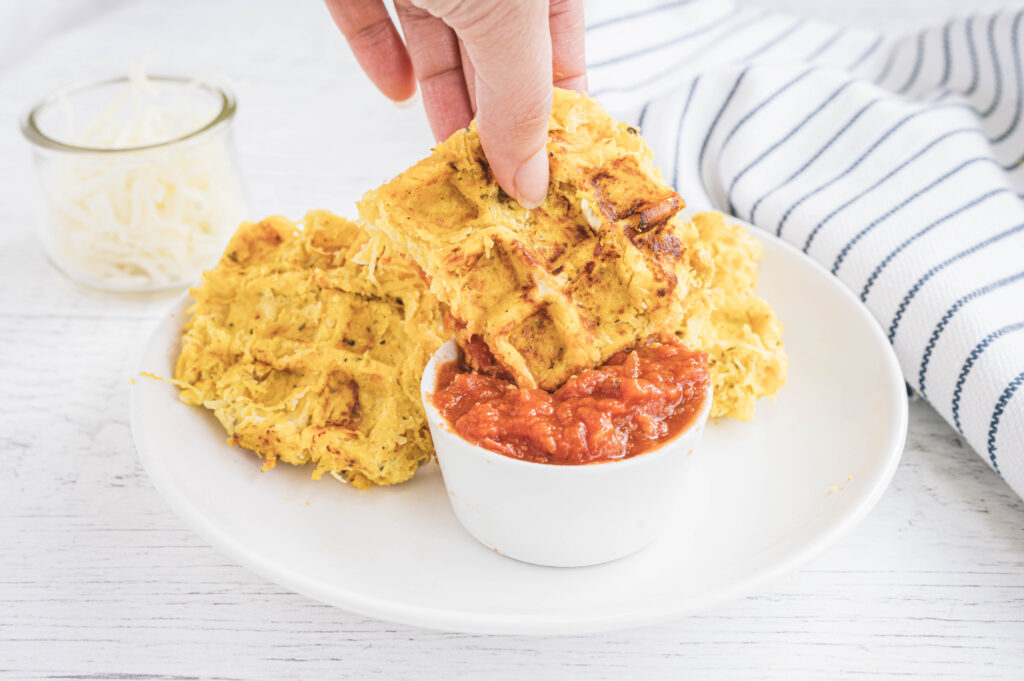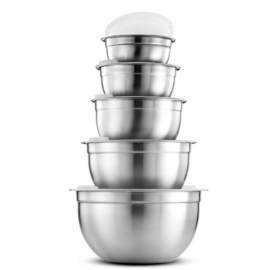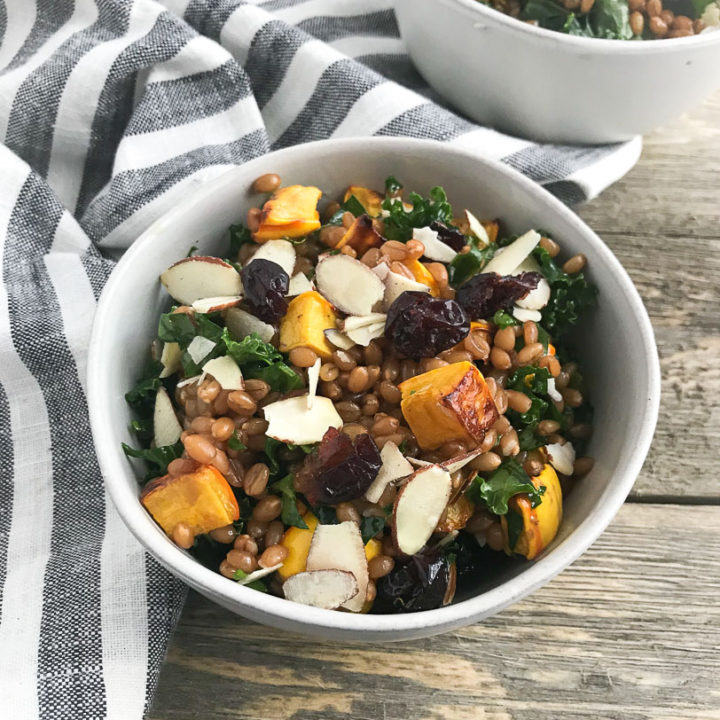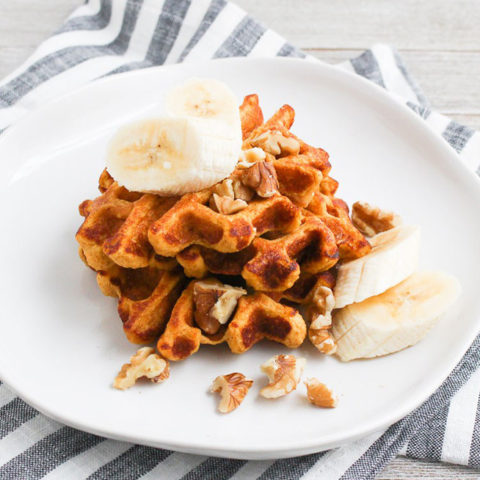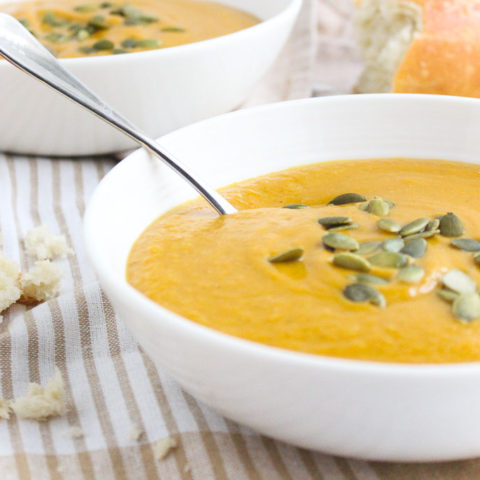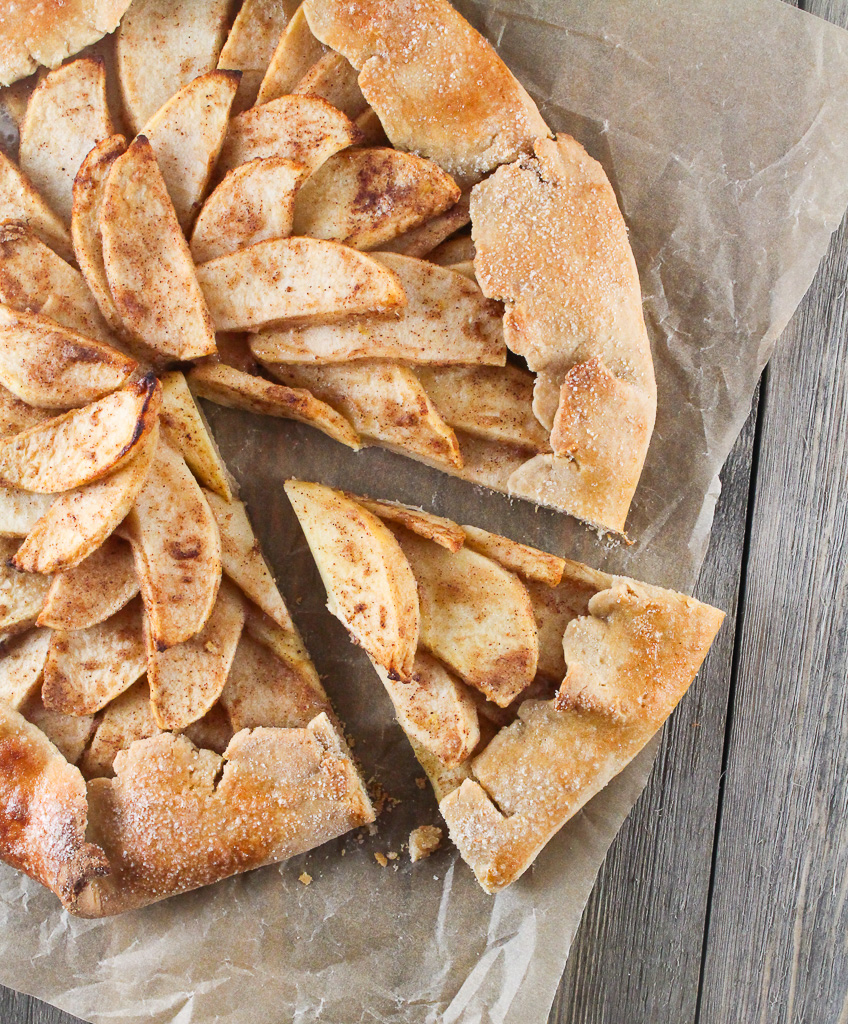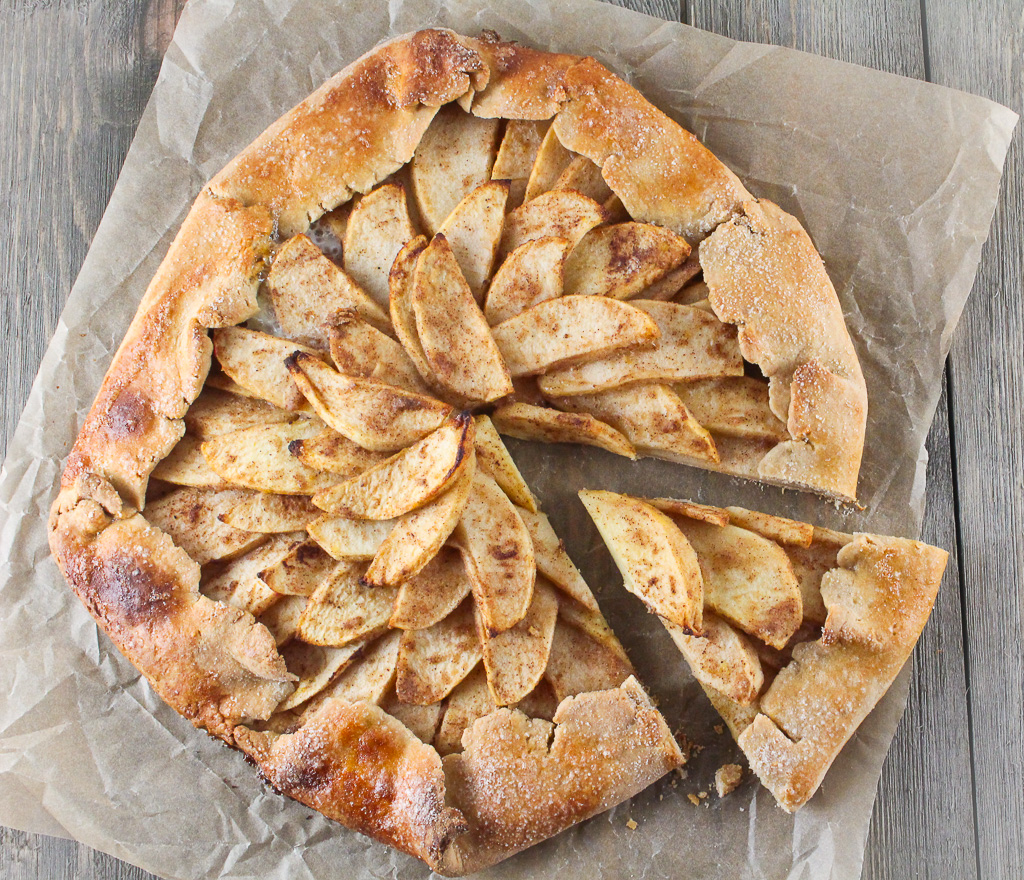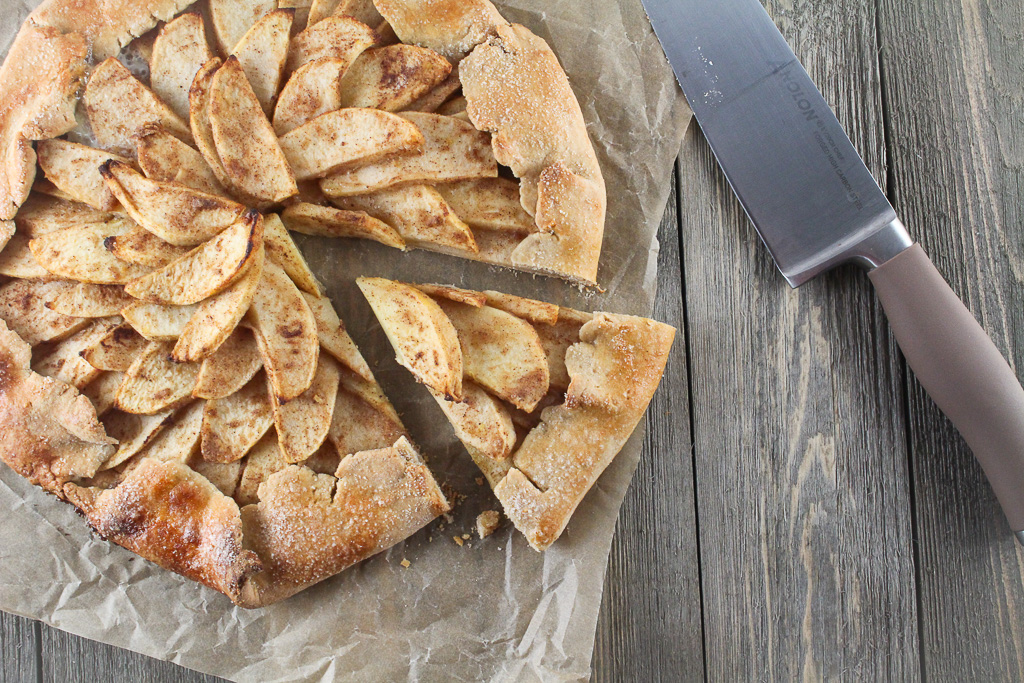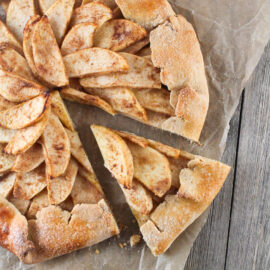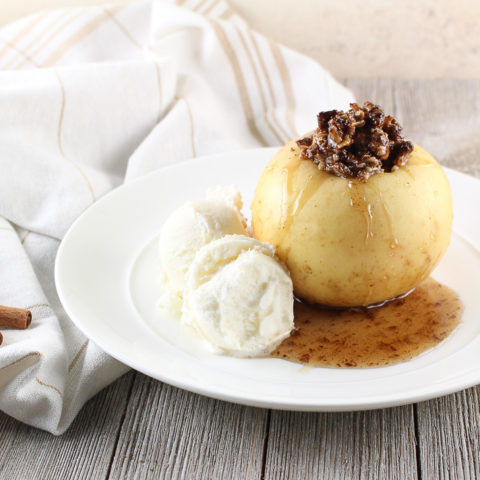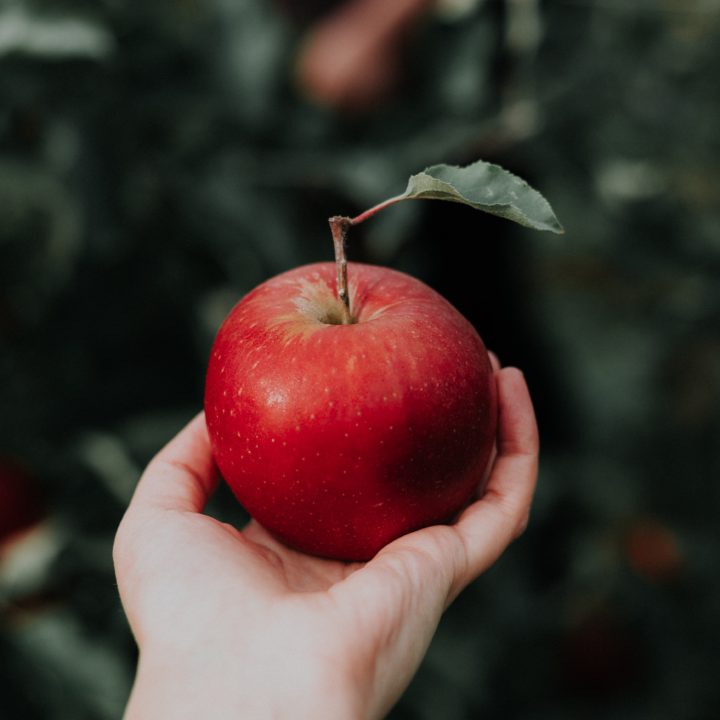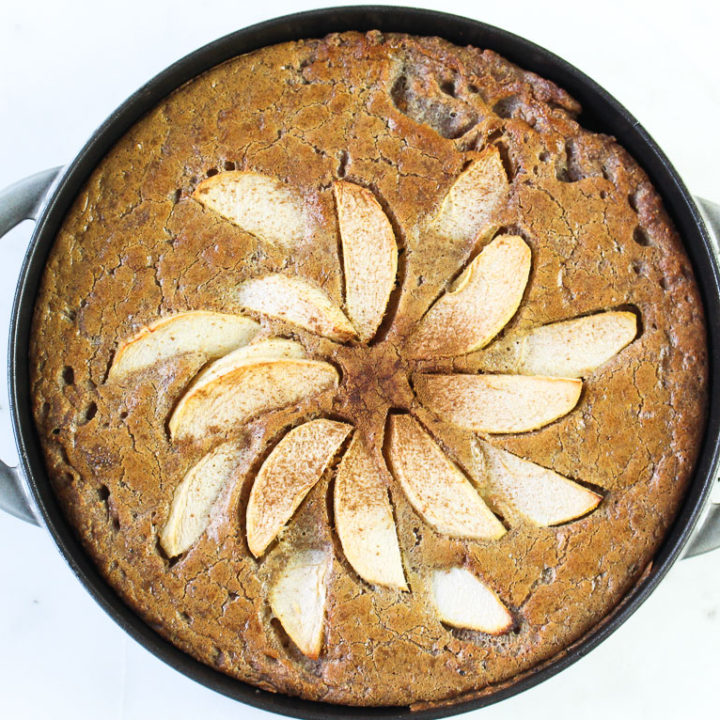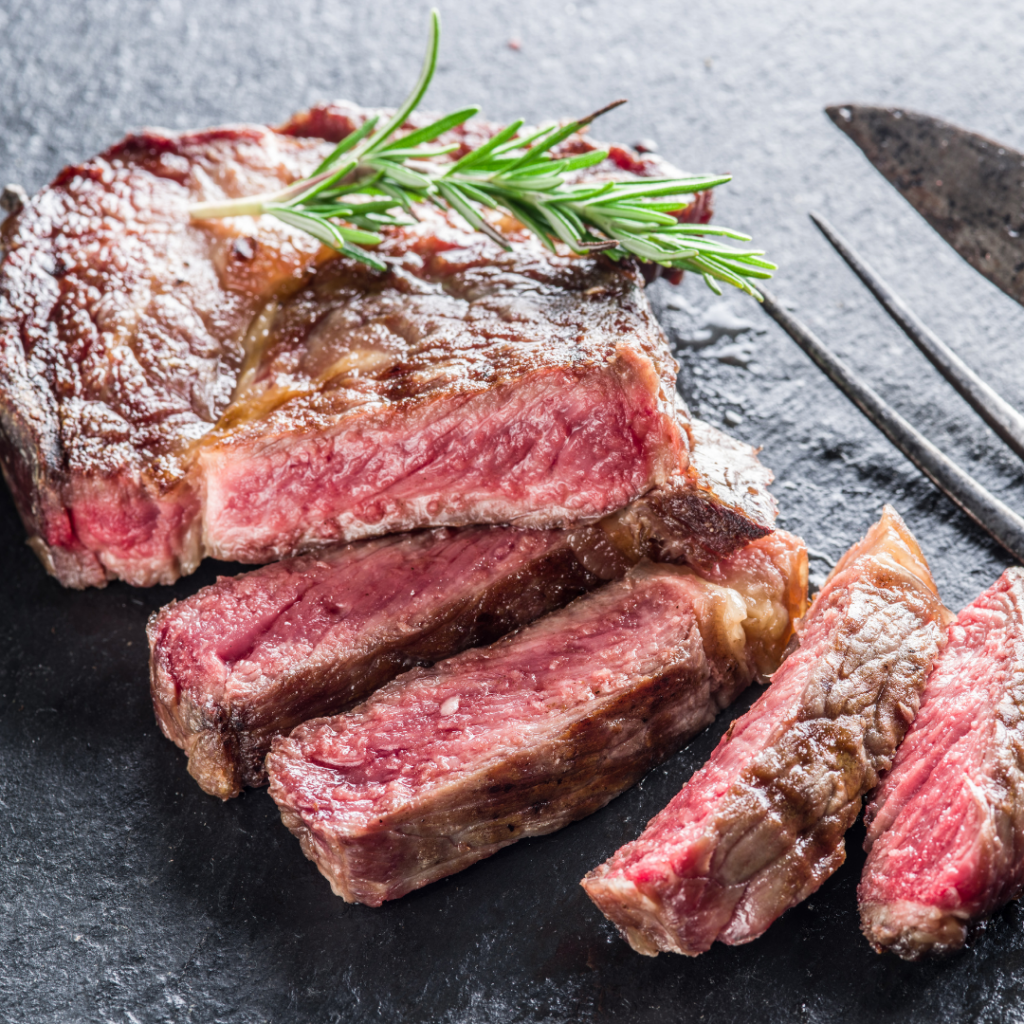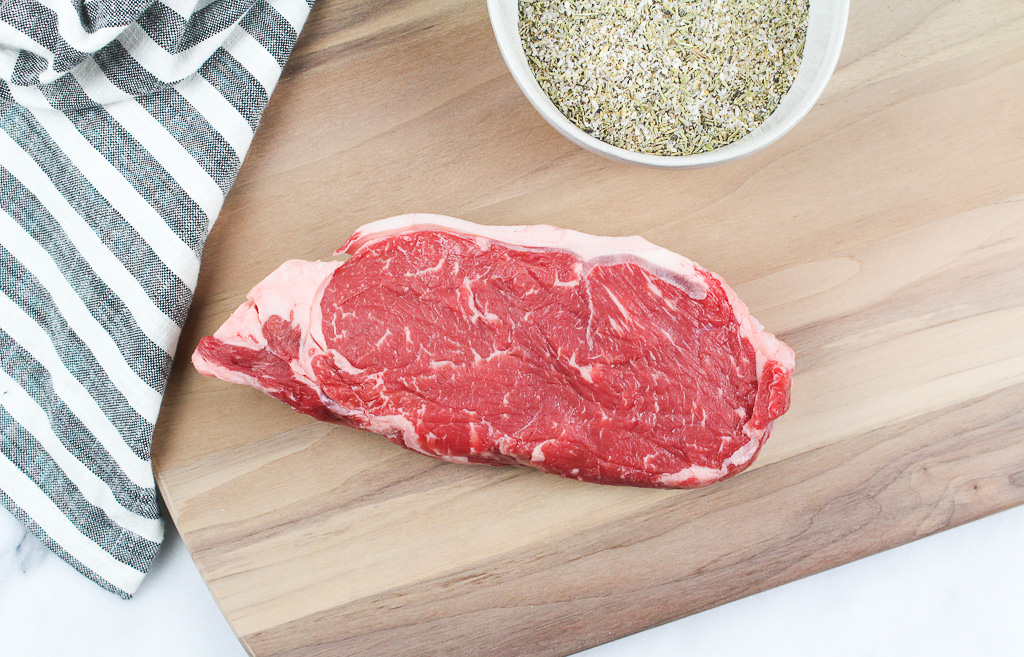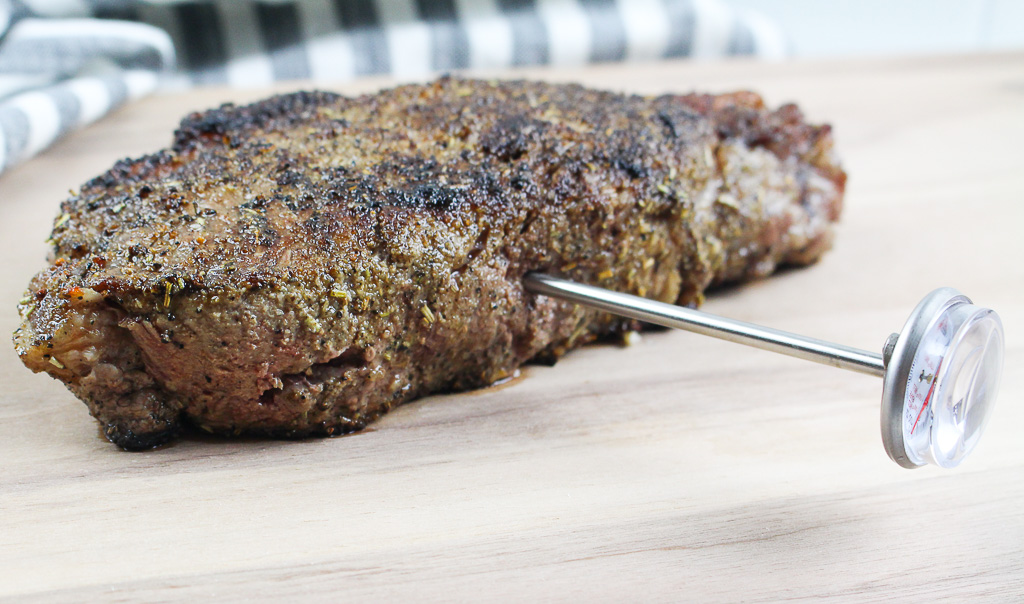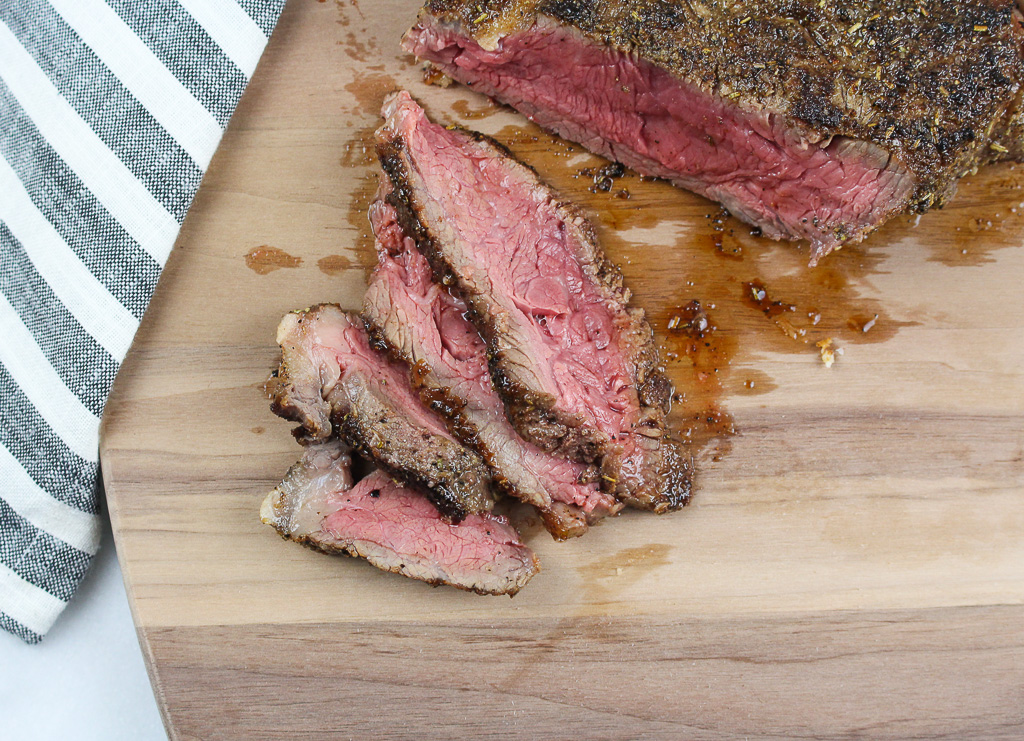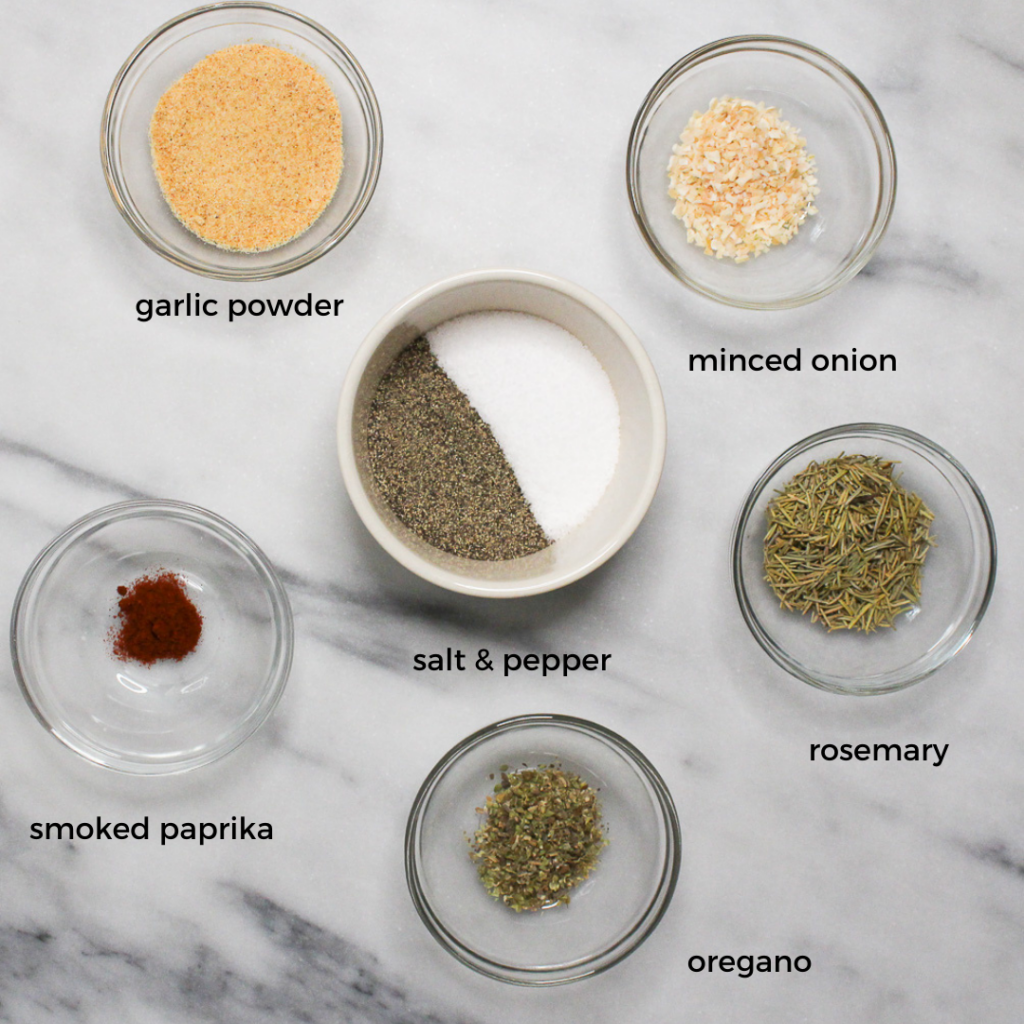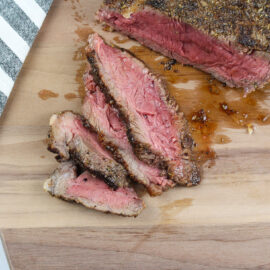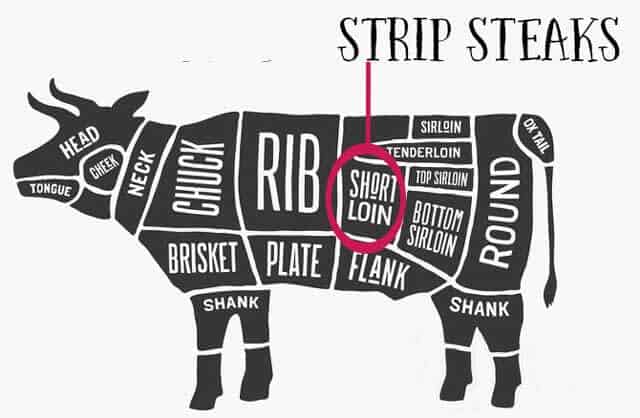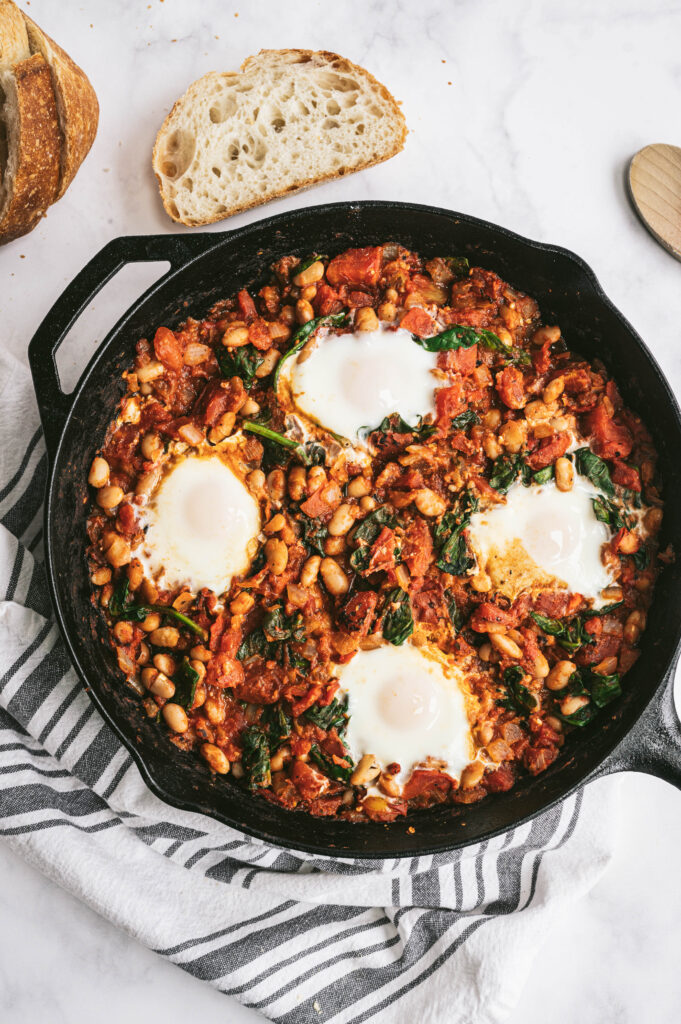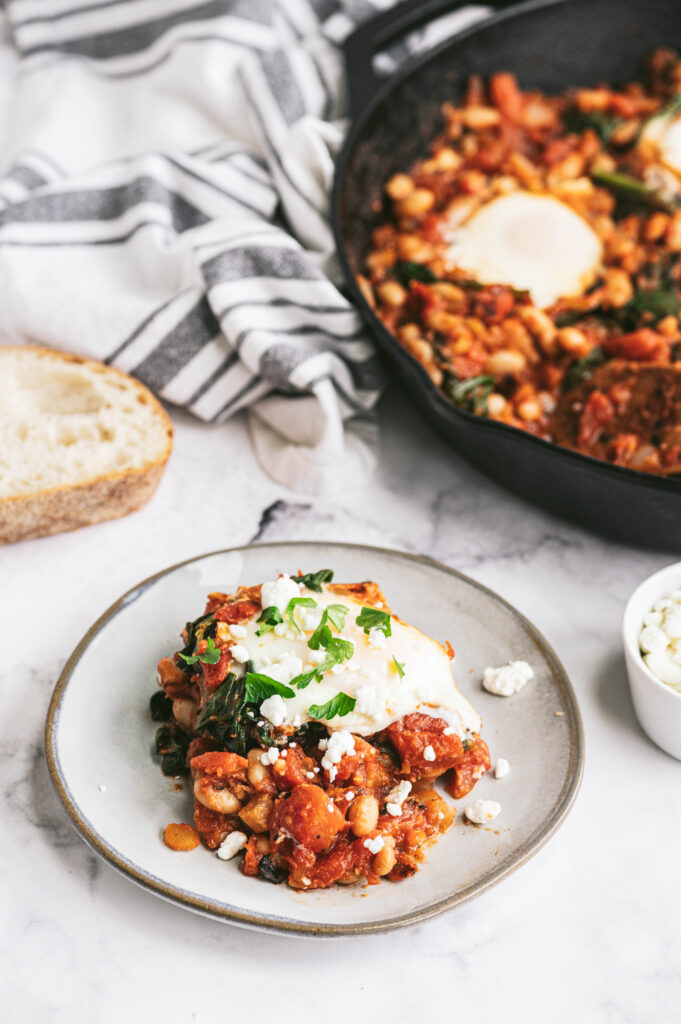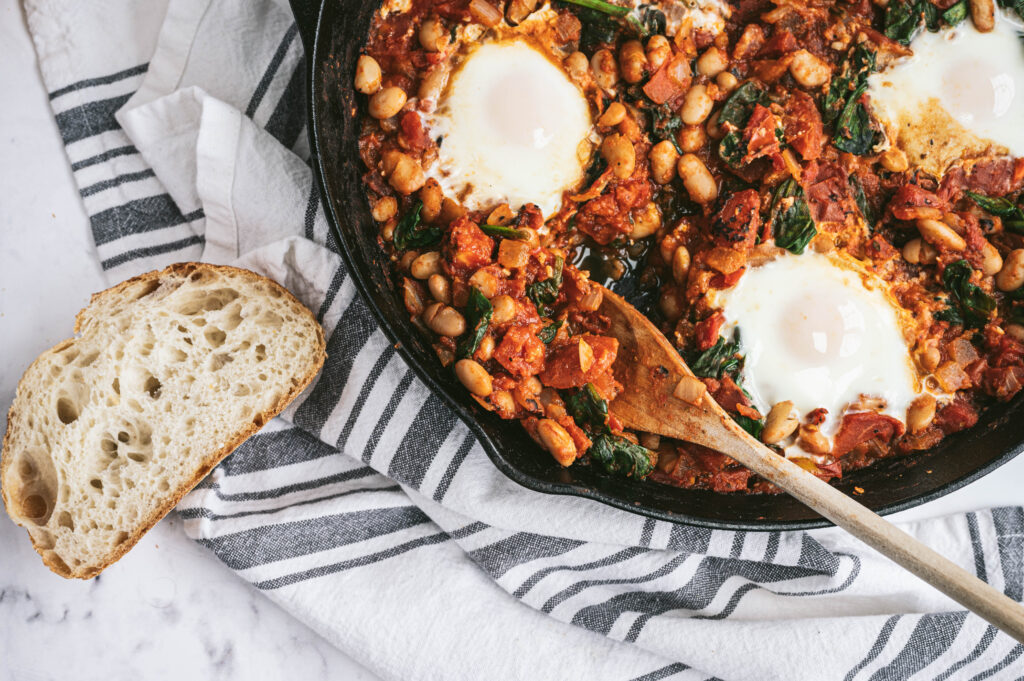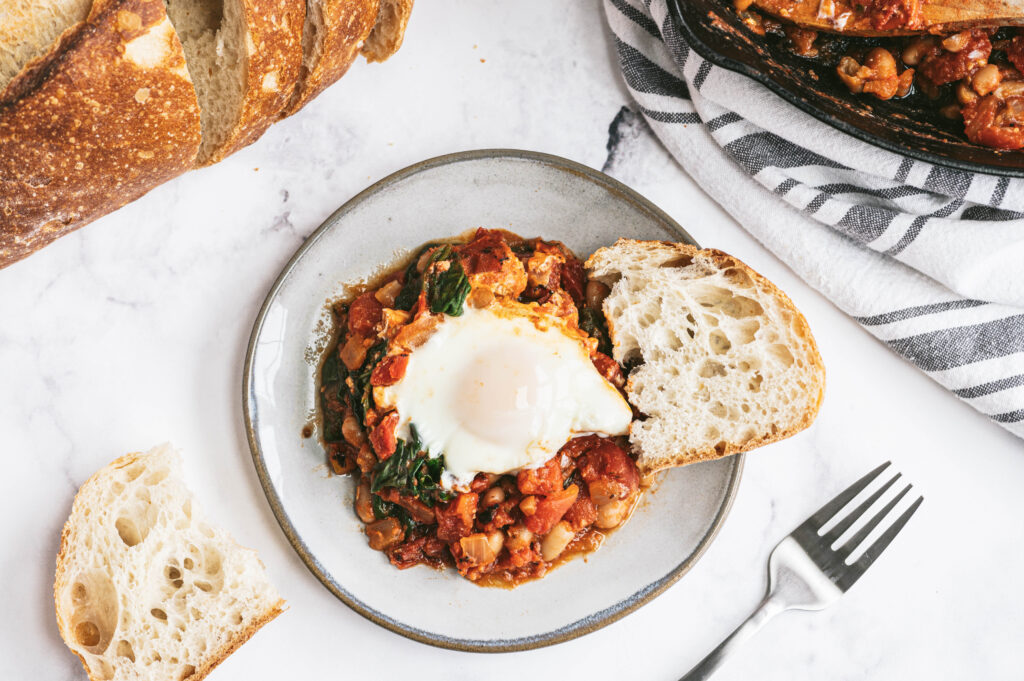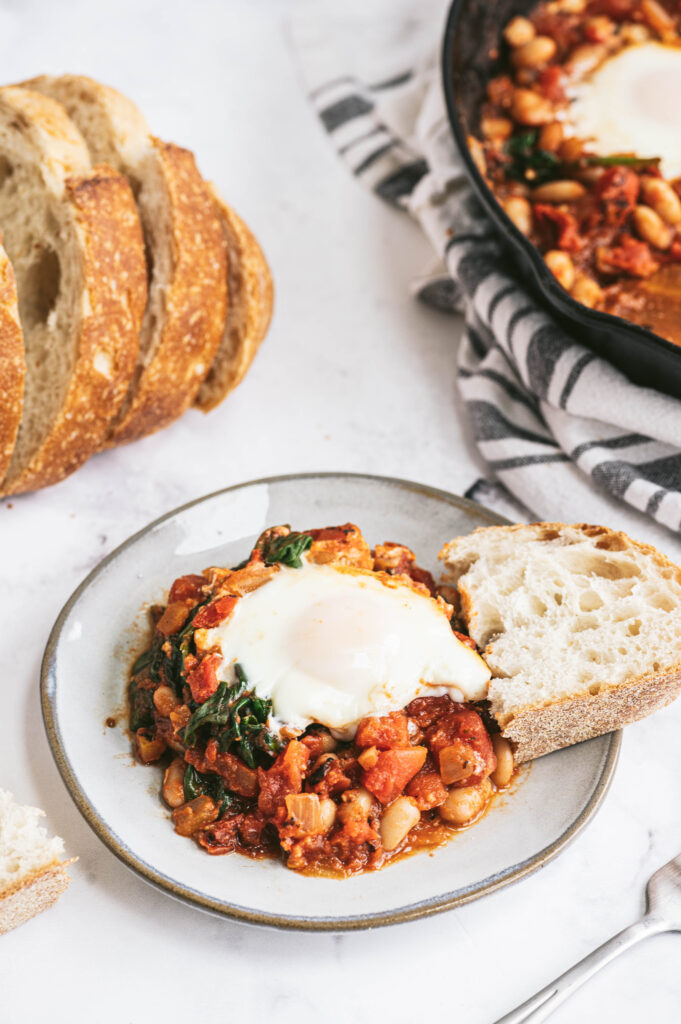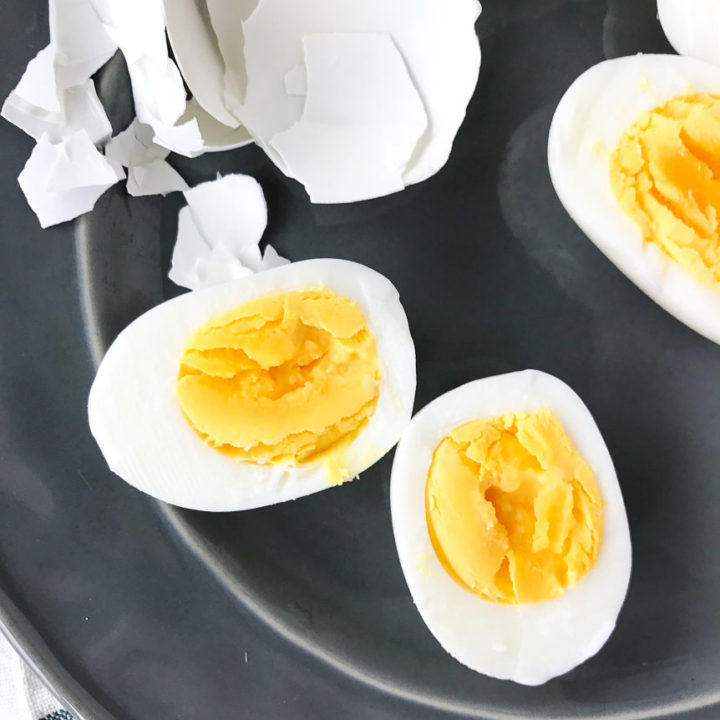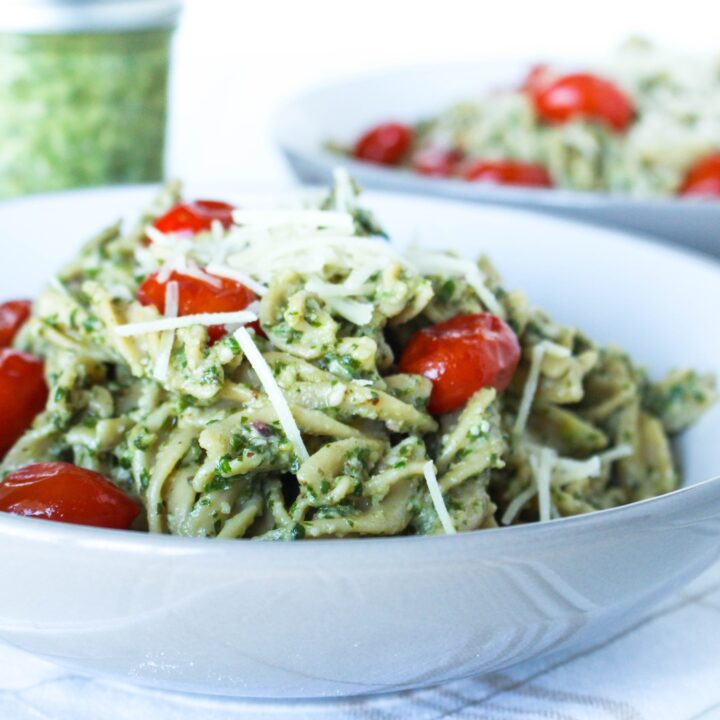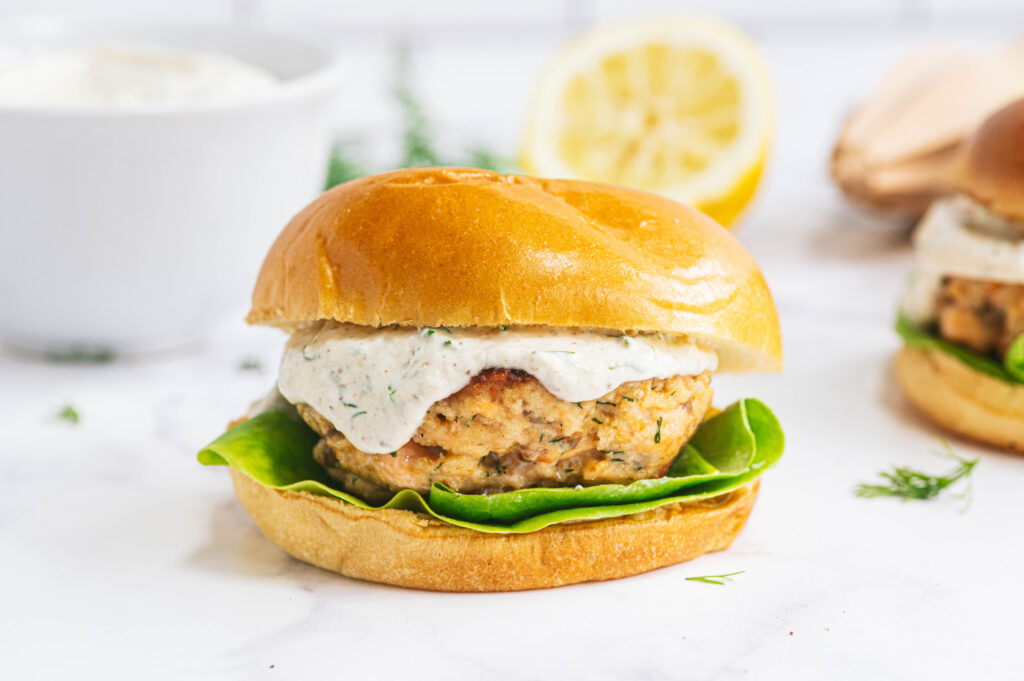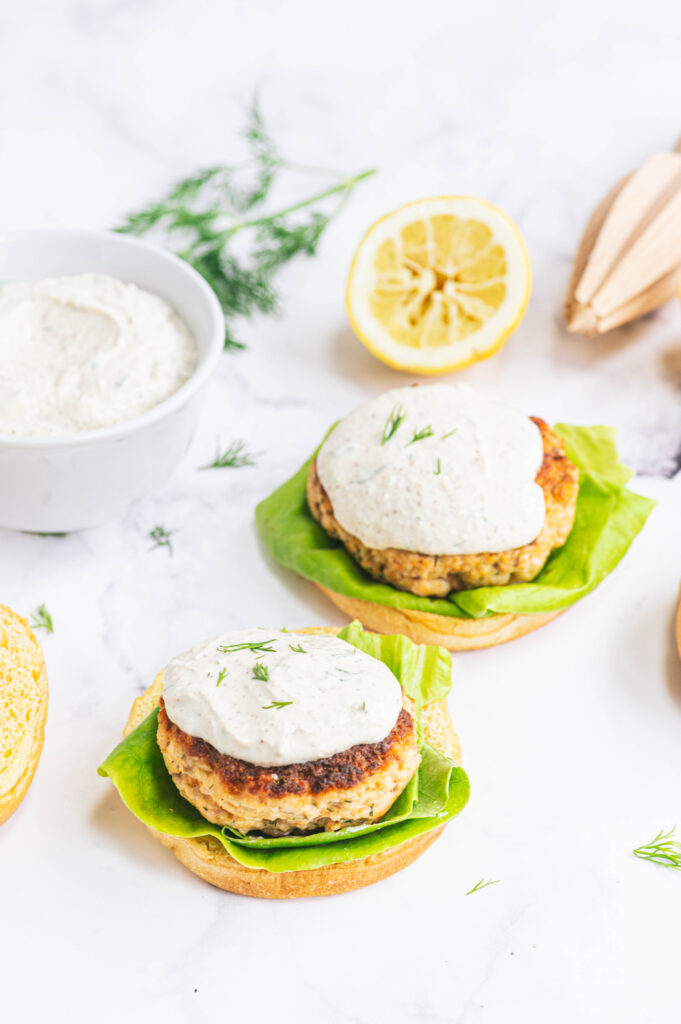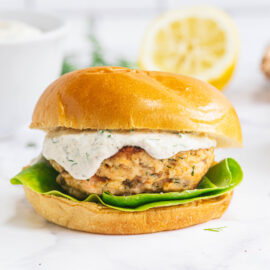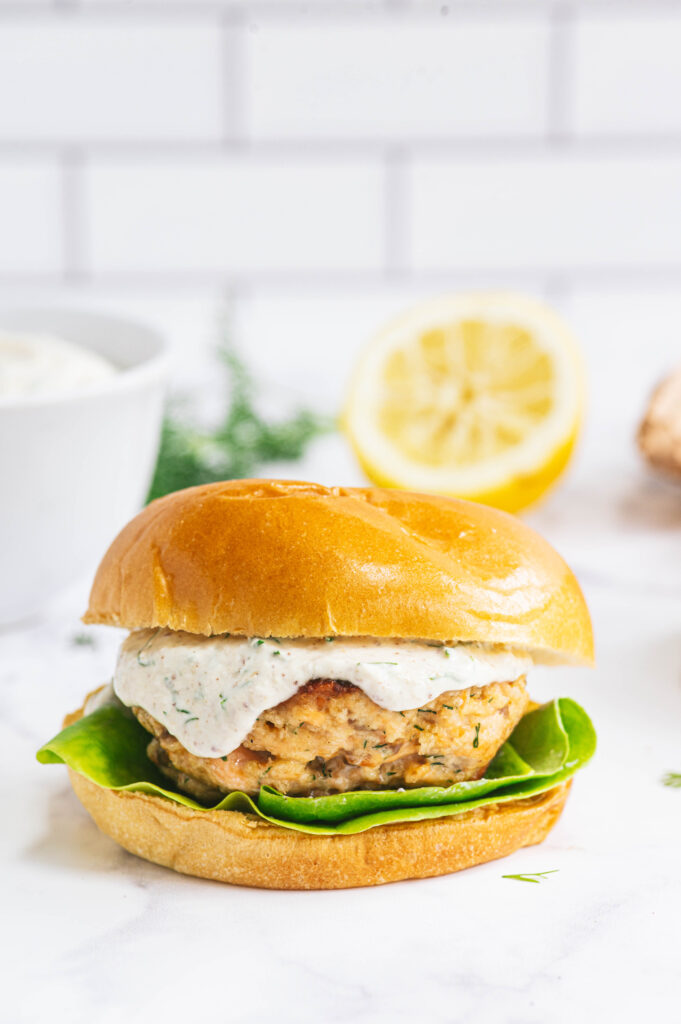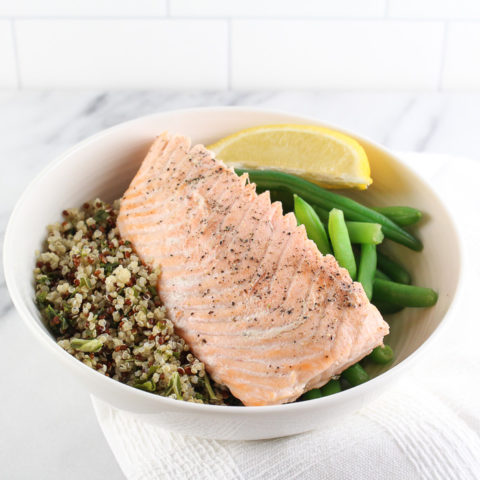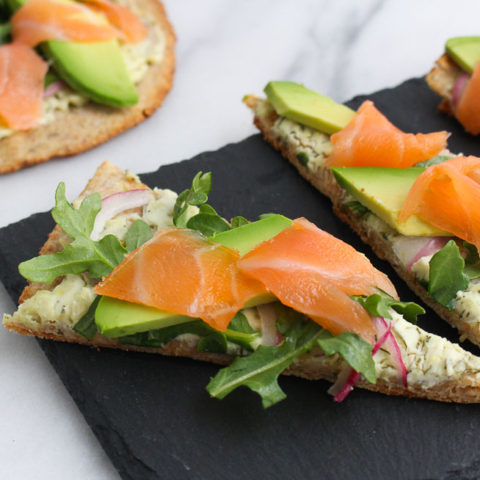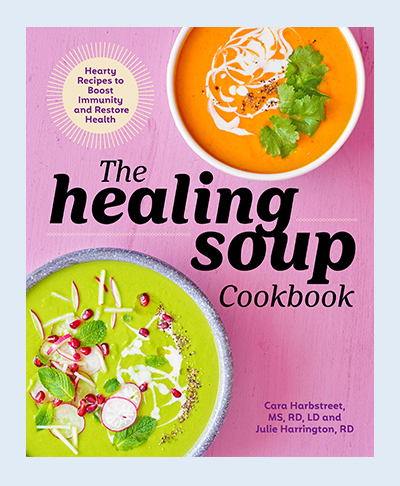This post may contain affiliate links. Read my privacy policy.
Lasagna is such an underrated dinner. Maybe, it is because when most people think of lasagna, the thought of having to assemble this meal detours many. Adding a little twist on a classic, try this Veggie-Packed Beef Lasagna.

This post is sponsored by the Northeast Beef Promotion Initiative, a subcontractor to the Beef Checkoff. Thank you for supporting brands that make this blog possible!
What if I told you I could provide you with tips to make this meal both delicious and easy to prepare?
Lasagna is one of those recipes that can be made ahead, frozen for later, and a hearty meal that can help make weeknight meals a breeze. Also, depending on how you make this dish it can incorporate four of the five food groups all in one pan.
Dietitian Tip: Aim to have at least 3 food groups featured for meals (making one of those a fruit or vegetable!)
Each food group has its own properties which can be beneficial for one’s health. Building colorful balanced plates can help maintain healthy eating patterns, providing essential vitamins and minerals to keep the body healthy. For example:
Grains: Grains have carbohydrates which provide our body with energy. Grains are divided into 2 subgroups: Whole Grains and Refined Grains. Whole grains contain the entire grain kernel ― the bran, germ, and endosperm. Refined grains have been milled, a process that removes the bran and germ. Aim to make half of your grains whole grains.
Protein: Is a building block for bones, muscles, cartilage, skin, and blood.
Fruits: Contain vitamins, minerals and antioxidants which may also help to protect you from chronic diseases.
Vegetables: Eating vegetables that are of different colors will help to provide your body with important nutrients like fiber (can help you to feel fuller for longer), folate (beneficial for fetus growth during pregnancy),and vitamins A (aids in good vision) and C (aids in a strong immune system).
Dairy: Which has a strong association to improved bone health.
Can beef fit onto a healthy plate?
When building a balanced plate, beef goes beyond just being a good source of protein.
Beef supplies 10 essential nutrients including:
- Iron – helps your body use oxygen
- Choline – supports nervous system development
- Vitamins B6 & B12 – helps maintain brain function and gives energy
- Phosphorus – helps build bones and teeth
- Zinc – helps maintain a healthy immune system
- Niacin – supports energy production and metabolism
- Riboflavin – helps convert food into fuel
- Selenium – helps protect cells from damage
One 3-ounce cooked serving of beef provides approximately 50% of your Daily Value (25 grams) of this important nutrient—making it an excellent source! Protein helps maintain a healthy weight, as well as preserve and build muscle.
New research suggests it’s not only important to just get enough protein in at dinner or lunch but to spread it throughout your day for optimal health. Aim for 25-30 grams of protein at each meal.

EASY, DELICIOUS, BEEF AND VEGETABLE, LASAGNA
Does this lasagna recipe freeze well?
There is no reason to feel like you need to finish this meal in one night. This is a prime dish to freeze and heat back up on a future date. You may have already tried some of my other freezer friendly recipes like my Beef & Barley Soup, Freezer Oatmeal Cups, or Zucchini Carrot Fritters. Add this beef and vegetable lasagna to the list for nights when you have less time to prepare a meal for dinner.
How long can I freeze lasagna?
For the best results, freeze lasagna after it has been assembled but before it’s been baked. Freezing food this way will help maintain the lasagna’s cheese and noodle texture and prevent it from getting soggy.
If you’ve already baked your lasagna, don’t worry; it can still be frozen! The texture may be a little different than freshly baked.
If properly stored, it will maintain best quality for about 2 to 3 months but will remain safe beyond that time.
How do I reheat lasagna?
When you’re ready to use your frozen lasagna, transfer it to the refrigerator and let it defrost overnight. Then, take it out of the fridge and let it sit at room temperature for about 30 minutes while your oven preheats to 375°.
Remove the lasagna’s freezer wrappings, cover the top with new foil and bake for 60-70 minutes, or until heated through (a thermometer inserted in the center should read 165°). Remove the foil and bake the lasagna for 10 more minutes or until browned on the top. Pull the lasagna from the oven and let it sit for another 10 minutes before slicing into it.
Why are Family Meals Important?
It is easy to get caught up in after school activities or with work assignments which can take away from sit down meals with the family. But family meals are important for a variety of reasons such as:
- Regular family meals are linked to higher grades and self-esteem
- Adults and children who eat at home more regularly are less likely to suffer from obesity
- Family meals nourish the spirit, brain, and health of all family members.
Make it a Family Affair:
Another aspect that I love about this meal is that it is easy enough so that the whole family can participate in creating this dish.
This recipe is coming right in time to celebrate National Family Meals Month. This initiative is a nationwide event which encourages families to have at least one meal at home per week.
What if I have a picky eater?
No one wants to be a short order cook preparing separate meals for each family member. When introducing new foods or new recipes, start with what I like to call lateral shifts. Meaning, start with something they are familiar with – for instance traditional beef lasagna. Adding vegetables won’t drastically change the original, it just adds a new flair. Understanding your family’s preferences is also key. Knowing that if they see the vegetables is going to cause resistance, chop them finer or even puree them into the sauce. The more exposure to new lateral shift type meals, can be helpful.
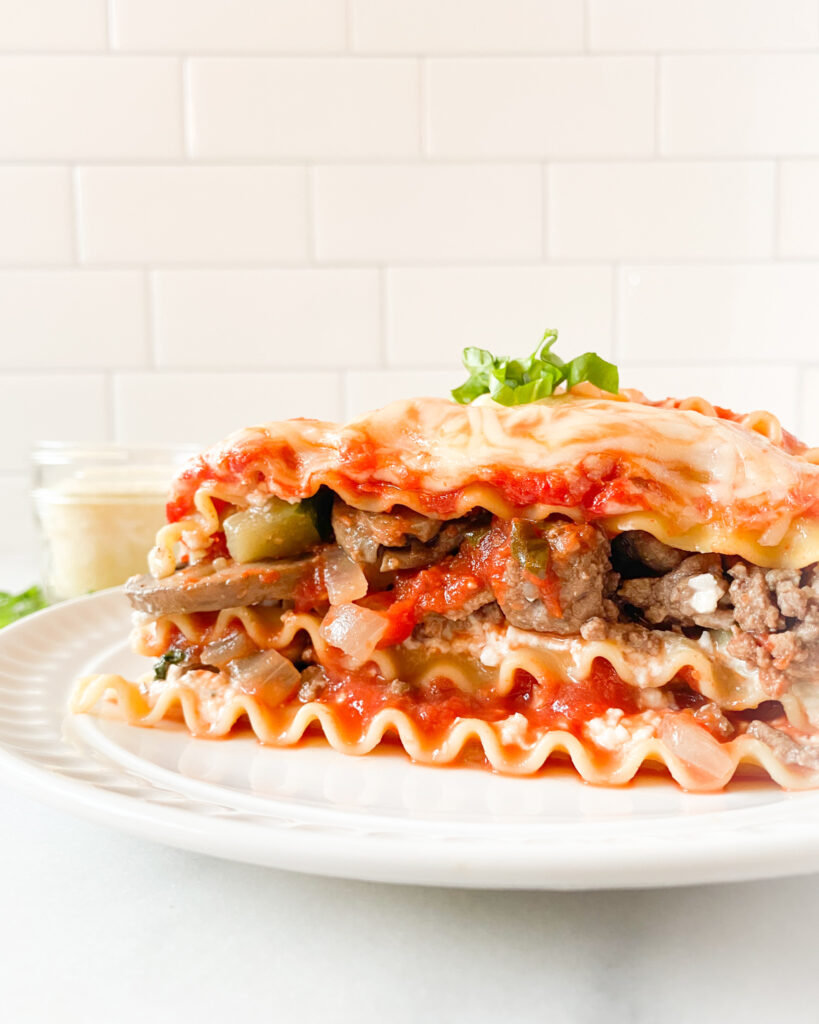
What You will Need to Create this Veggie-Packed Beef Lasagna
For the filling:
93% lean ground beef
Olive oil
Yellow onion
Mushrooms
Salt
Zucchini
Baby spinach
For the tomato sauce:
Olive oil
Garlic
Crushed tomatoes
Fresh basil
Salt
Crushed red pepper flakes
Don’t feel like making your own sauce? No worries! Substitute with 2 cups of your favorite prepared marinara sauce.
Remaining ingredients:
Ricotta cheese
Parmesan cheese
Mozzarella cheese
Egg
Italian seasoning
Salt
Black pepper
No-boil lasagna noodles (see notes in the recipe)
How to make this Veggie-Packed Beef Lasagna
Preheat your oven and coat a deep baking dish with cooking spray.
Cook the ground beef, then remove from the pan. Using the same pan (because who wants to wash more dishes), cook the vegetables. Add beef back in and set aside.
Make the sauce by gently sautéing the garlic (we don’t want it to burn, then add the remaining sauce ingredients to simmer and allow flavors to develop.
Mix the ricotta cheese and some of the parmesan cheese and mozzarella cheese. Add a beaten egg (this will help hold the cheese mixture together and not seep out of the lasagna). Season with Italian herbs, salt, and pepper.
To assemble, start with adding a layer of tomato sauce on the bottom of the pan. Then layer in the order, noodles, ricotta mixture, beef & veggie mixture, sauce, and sprinkle cheese. Top with more lasagna noodles and repeat.
Wrap in parchment paper and bake!
Recipe Shortcuts:
- To cut down on prep time, buy pre-sliced mushrooms, & frozen diced onions, zucchini, and spinach. (Just be mindful when swapping out with frozen to drain excess liquid when cooking)
- Skip making your own sauce and use your favorite jarred variety.
- Freeze in individual servings for pre-portioned leftovers instead of defrosting the whole dish.
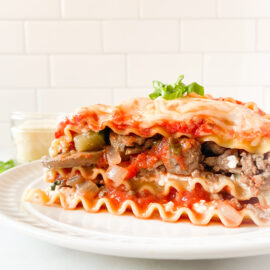
Veggie-Packed Beef Lasagna
- Prep Time: 30 minutes
- Cook Time: 1 hour
- Total Time: 1 hour 30 minutes
- Yield: 8
- Category: dinner
- Method: bake
- Cuisine: Italian
Description
Lasagna is such an underrated dinner. Maybe, it is because when most people think of lasagna, the thought of having to assemble this meal detours many. Adding a little twist on a classic, try this Veggie-Packed Beef Lasagna.
Ingredients
For the filling:
1-pound 93% lean ground beef
1 tablespoon olive oil
1 small yellow onion, chopped
1 (8 ounce) container sliced mushrooms
¼ teaspoon salt
1 cup zucchini, chopped into a small dice
1 cup baby spinach, roughly chopped
Tomato sauce*:
1 tablespoon olive oil
2 cloves garlic, minced
1 (28 ounce) crushed tomatoes
¼ cup fresh basil, chiffonade (ribbon like slices) + additional for garnish
½ teaspoon salt
¼ teaspoon crushed red pepper flakes, more or less as desired
Remaining ingredients:
2 cups (16 ounces) ricotta cheese
3/4 cup parmesan cheese, divided
2 cups freshly grated mozzarella cheese, divided
1 egg, beaten
1 tablespoon Italian seasoning
¼ teaspoon salt, to taste
Freshly ground black pepper, to taste
9 no-boil lasagna noodles*
Instructions
- Preheat the oven to 425 degrees Fahrenheit. Coat a 9×13-inch deep baking dish with cooking spray.
- In a large skillet over medium-high heat, add ground beef breaking apart into small crumbles. Cook until meat has browned, no longer pink, about 6-8 minutes. Remove beef from the pan, drain any excess fat from the beef and set beef aside.
- Return skillet to medium heat. Add olive oil. Sauté onions and mushrooms until tender. During the cooking process add salt to help draw out excess moisture. Once excess moisture has evaporated, add the zucchini, and continue to cook until tender. Add spinach and continue to cook until wilted and excess moisture has evaporated. Add beef back to the veggie mixture, stir to combine. Remove from heat and set aside.
- In a medium pot add olive oil over low heat. Sauté garlic for about 1 minute or until fragrant, being careful not to burn. Pour in the crushed tomatoes, basil, salt, and crushed red pepper flakes. Bring to a simmer to allow the flavors to come together.
- In a medium bowl, add the ricotta, ¼ cup parmesan, 3/4 cup mozzarella, egg, Italian seasoning, salt, and pepper. Mix well until combined.
- To assemble: Spread 1 cup of tomato sauce evenly over the bottom of a baking dish. Layer 3 lasagna noodles on top (snap off their ends to fit, and/or overlap their edges as necessary). Spread half of the ricotta cheese mixture evenly over the noodles. Top with half the beef & veggie mixture. Then spread 1 cup tomato sauce on top and sprinkle 1/2 cup of shredded mozzarella and 2 tablespoons of parmesan cheese. Top with 3 more lasagna noodles and repeat the previous order. Then top with remaining 3 lasagna noodles, remaining sauce and sprinkle remaining mozzarella and parmesan cheese on top.
- Wrap a sheet of parchment paper or foil around the top of the lasagna (not letting it touch the cheese). Bake, covered, for 20 minutes, then remove the cover, rotate the pan by 180° and continue cooking for about 10 to 12 more minutes, until the cheese is melted and slightly bubbling on the sides.
- Remove from the oven and let the lasagna cool for 15 to 20 minutes, so it has time to set and cool down to a reasonable temperature. Sprinkle additional basil over the top, then slice and serve. Top with additional sauce or cheese, as desired.
Notes
- Looking to save a step? Substitute the tomato sauce with 2 cups of prepared marinara sauce.
- At the grocery store I see lasagna noodles as “no-boil” or “oven-ready” lasagna sheets. Read package directions as some brands need additional liquid.
- Can’t find no boil or oven-ready lasagna noodles? Buy regular lasagna noodles, cook according to package directions, and use the same way. Cook time may decrease.
Keywords: lasagna, beef lasagna, family meal, dinner recipe, easy dinner
Other recipes you will love:
References:
Paddon-Jones D, Rasmussen BB. Dietary protein recommendations and the prevention of sarcopenia. Curr Opin Clin Nutr Metab Care 2009;12:86-90
Mamerow MM, et al. Dietary protein distribution positively influences 24-h muscle protein synthesis in healthy adults. J Nutr 2014;144:876-80
https://www.beefitswhatsfordinner.com/
https://www.nebpi.org/


